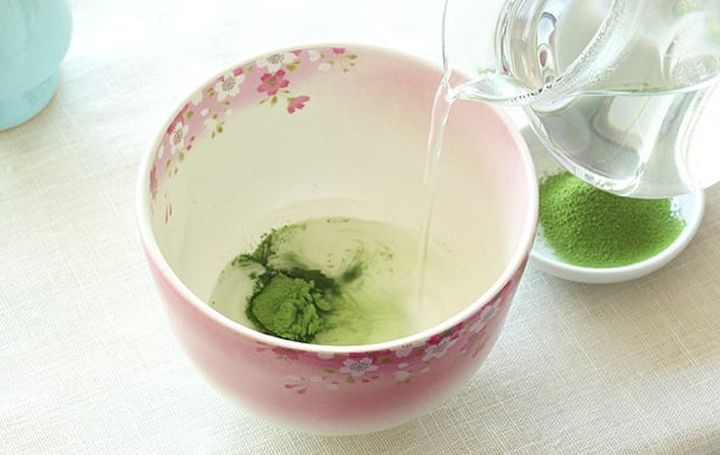
Matcha is a finely ground green tea powder that is only grown and produced in Japan. It has gained popularity in recent years for its potential health benefits and unique flavor. When it comes to preparing matcha, one question that often arises is whether it is best to mix the powder with water or milk. Both options have pros and cons, and the choice ultimately comes down to personal preference. In this article, we will explore the differences between mixing matcha with water and milk, and provide some tips for making the perfect cup of matcha.
Traditionally, Matcha is prepared with water but with time and taste change, people started to like the matcha prepared with milk and it changed the traditional taste of matcha made from Japanese matcha powder. If you want to taste the traditional one then you must prepare it with good quality matcha powder only. The bad-quality powder can ruin anyone’s taste buds. Matcha with milk tastes way better than the traditional one. Milk reduces bitterness and adds a rich, creamy texture to the matcha and gives the matcha a more balanced and rounded taste.
Now the question is, where anyone will buy Japanese matcha powder? Well, nowadays there are many brands that sell matcha powder globally. You can just find here and buy your favorite Japanese matcha powder pack.
The Traditional Way To Prepare A Cup of Matcha
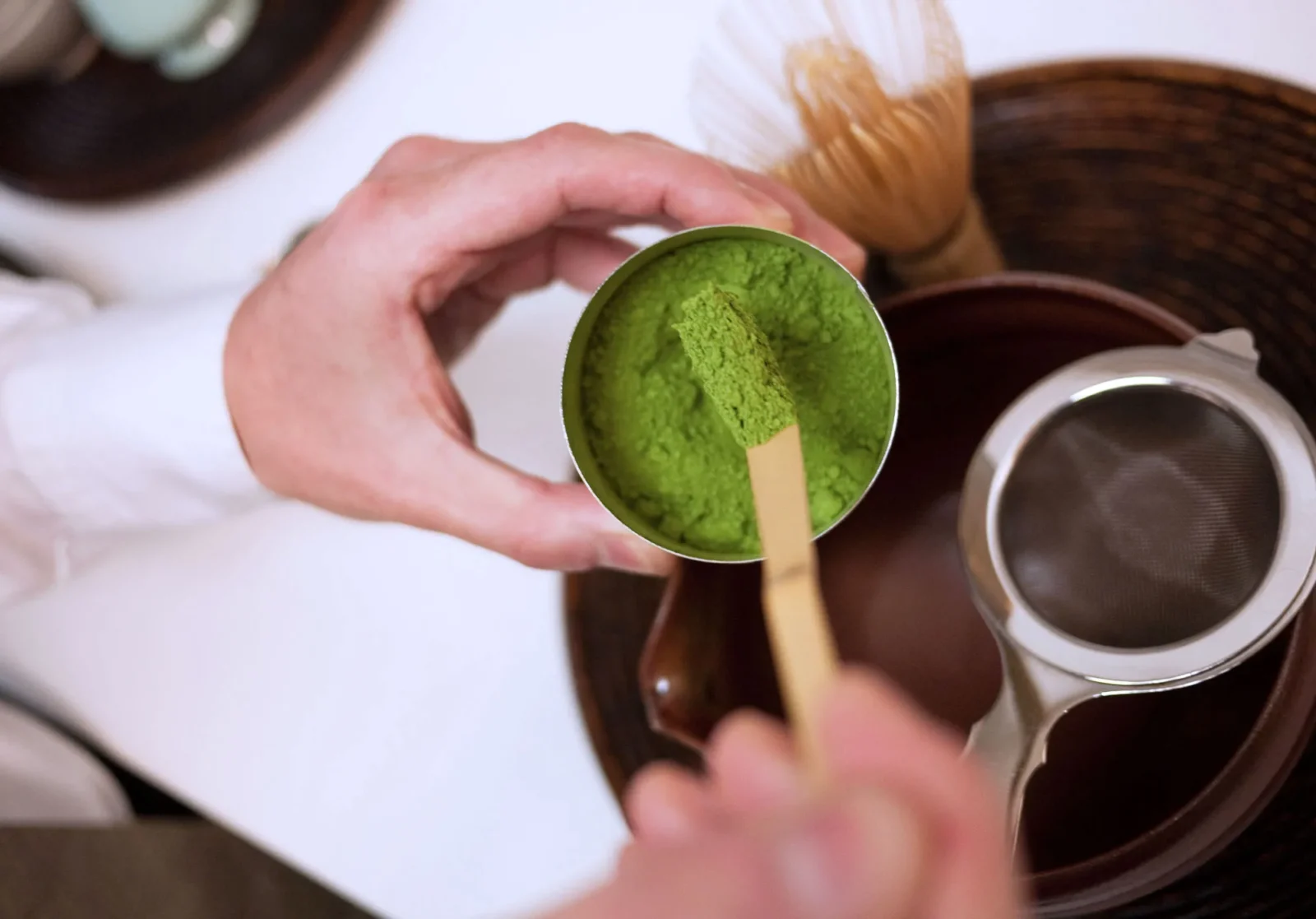
Let’s discuss the basics of matcha preparation. Traditional Japanese matcha preparation involves whisking the powder with hot water using a bamboo whisk called a chasen. The powder is sifted into a small bowl called a chawan, and hot water is added to it. The mixture is then whisked using a back-and-forth motion until a frothy, creamy consistency is achieved. This process helps to evenly distribute the matcha throughout the water and bring out its full flavor and aroma.
Pros And Cons Of Mixing Matcha With Water V/S Milk
Now, let’s consider the pros and cons of mixing matcha with water versus milk.
● Mixing Matcha With Water:
Pros:
- Water is a neutral liquid that does not alter the flavor of the matcha. This allows the full, natural taste of the matcha to come through.
- Water is also a lighter option than milk, which may be preferable for those who are looking to keep their matcha preparation as low-calorie as possible.
- Mixing matcha with water can result in a clean, refreshing flavor that is perfect for hot summer days.
Cons:
- Mixing matcha with water can result in a slightly bitter taste, as the flavor of the matcha is more pronounced. Some people may find this bitterness unpleasant.
- Water may also dilute the flavor of the matcha to some extent, as it does not provide any additional taste or richness.
● Mixing Matcha With Milk:
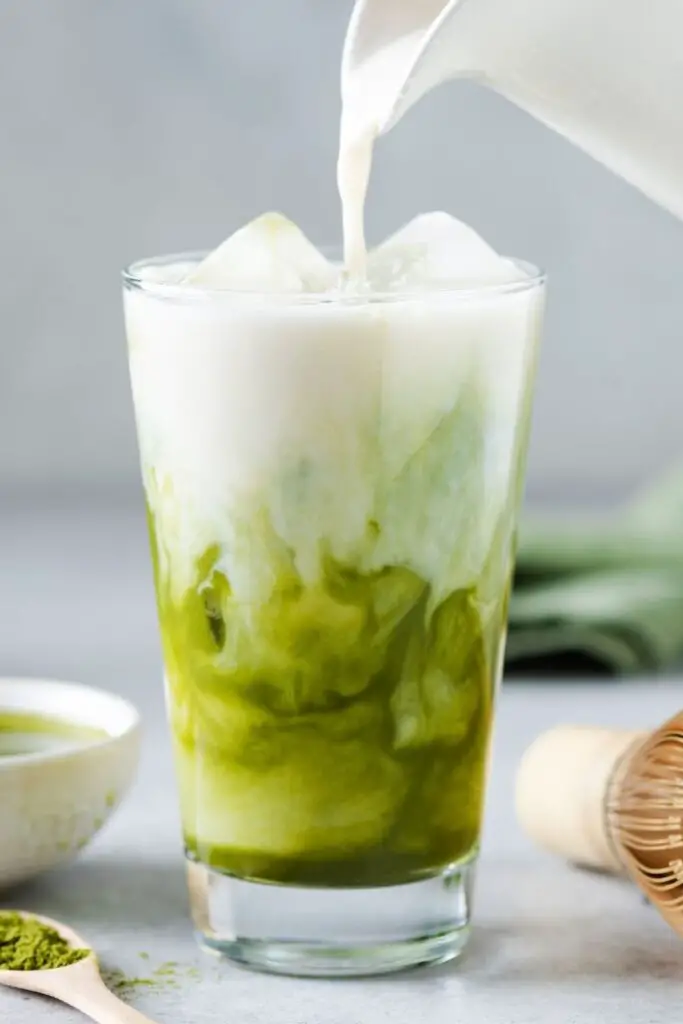
Pros:
- Milk can help to smooth out the bitterness of the matcha, making it more palatable for those who find the taste too harsh.
- Milk also adds a creamy, rich texture to the matcha, making it more satisfying to drink.
- Some people prefer the flavor of matcha with milk, as it gives the drink a more rounded, balanced taste.
- Mixing matcha with milk can create a latte-like drink that is perfect for a cozy, comforting pick-me-up on a cold winter day.
Cons:
- Mixing matcha with milk can alter the flavor of the drink, as the milk adds its distinct taste.
- Milk is also a higher calorie option than water, which may not be suitable for those who are watching their intake.
So, which is the best choice? Ultimately, the decision comes down to your personal preference. Some people prefer the pure, natural taste of matcha mixed with water, while others prefer the smoother, creamier taste of matcha mixed with milk. If you are trying matcha for the first time, it may be a good idea to try it with both water and milk to see which you prefer.
Tips To Make A Perfect Cup Of Matcha
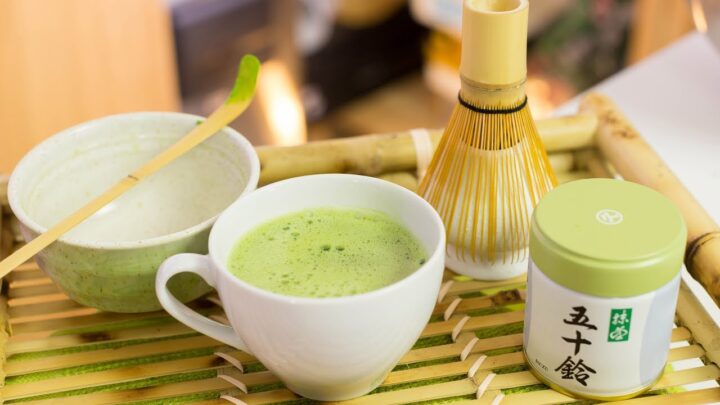
Here are some tips for making the perfect cup of matcha, regardless of whether you choose to mix it with water or milk:
● Use Good Quality Matcha:
The quality of the matcha you use will have a significant impact on the flavor of your drink. Look for matcha that is bright green and has a smooth, velvety texture. Avoid dull or powdery matcha, as it is likely to be of lower quality and the drink will be weak and watery.
● Use A Chasen To Whisk The Matcha:
A bamboo whisk is a traditional tool for preparing matcha, and it is the best way to achieve a smooth, frothy consistency. If you do not have a chasen, you can use a small electric frother or a hand-held milk frother.
● Experiment With The Amount Of Matcha And Water:
The traditional ratio for making matcha is 1 gram of matcha to 3 ounces of water. However, you can adjust this to suit your taste. If you prefer a stronger, more intense flavor, use more matcha. If you prefer a milder taste, use less matcha.
● Try Adding Other Ingredients:
If you are mixing matcha with milk, you can try adding sweeteners or flavorings to your drink. Some ideas include honey, maple syrup, vanilla extract, or cinnamon. You can also try adding plant-based milk, such as almond milk or oat milk, for a different flavor.
Final Words
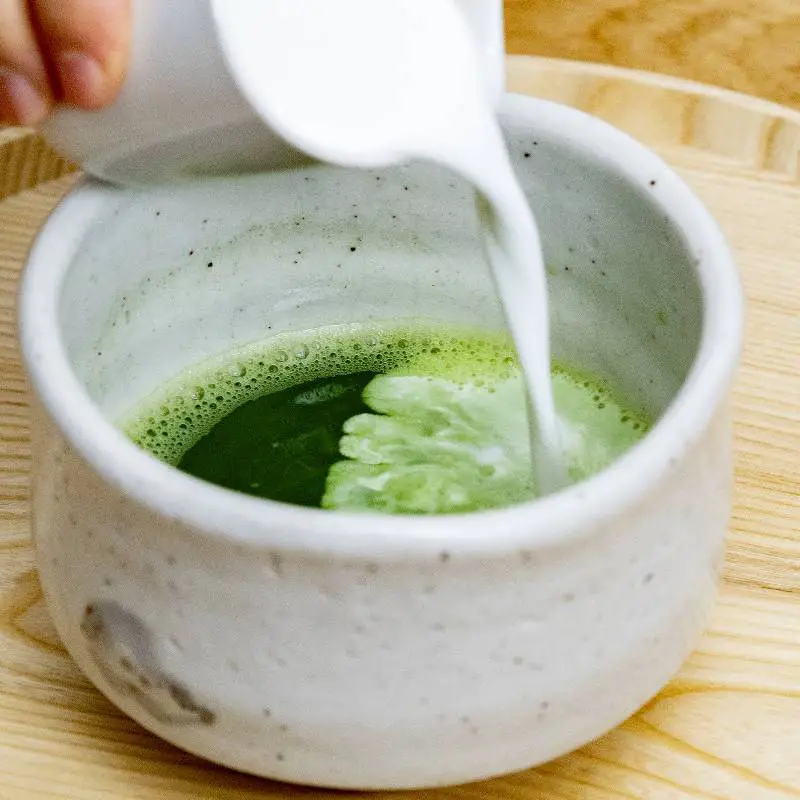
In the end, we can conclude that whether you mix matcha with water or milk is a matter of personal choice. Both options have their unique characteristics and can be used to create delicious, satisfying drinks.
At last, the final tip is please don’t put milk with matcha, if you are consuming it for health reasons.
Now, It’s totally up to you, whether you consume it with milk or water. If you want a better taste then go for milk or if you want to taste the natural taste then definitely go for the water-mixed matcha.
